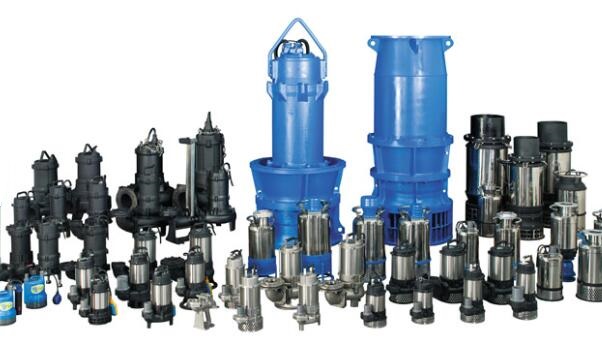8 Types of Water Pumps and Their Uses – A Complete Guide

Introduction
Water pumps play a crucial role in domestic, commercial, agricultural, and industrial applications. From supplying water to homes to circulating cooling fluids in heavy machinery, water pumps are indispensable. In this guide, we will explore the eight most common types of water pumps and their specific uses. This informative content is ideal for engineers, facility managers, or business owners looking to select the right pump for their operations.
1. Centrifugal Pumps
Centrifugal pumps are the most widely used type of water pumps. These pumps function by converting rotational energy, typically from a motor, into energy in a moving fluid. The fluid enters the pump impeller along its axis and is accelerated by the impeller, flowing radially outward into a diffuser or volute chamber. Visit here to know more details about Centrifugal pumos.
Applications: Water supply systems, Irrigation, Fire protection systems, HVAC circulation
2. Submersible Pumps
As the name suggests, submersible pumps operate while submerged in the fluid they are pumping. These pumps are sealed to prevent any fluid from entering the motor. They are highly efficient because they do not require priming and are less likely to suffer from cavitation.
Applications: Drainage, Sewage pumping, Deep well pumping, Industrial fluid transfer
3. Positive Displacement Pumps
Positive displacement pumps move fluid by trapping a fixed amount and then forcing (displacing) that trapped volume into the discharge pipe. These pumps are ideal for high-viscosity fluids and applications where precise dosing is required.
Types include: Diaphragm pumps, Gear pumps, Peristaltic pumps
Applications: Chemical processing, Food manufacturing, Hydraulic systems
4. Jet Pumps
Jet pumps use a jet of water to create a vacuum that draws water from a source, making them ideal for applications where water needs to be lifted from a lower elevation. These pumps are typically installed above the water source.
Applications: Shallow and deep wells, Domestic water supply, Garden irrigation
5. Diaphragm Pumps
Diaphragm pumps use a flexible membrane to move fluids. These pumps are particularly suited for handling corrosive, abrasive, or viscous fluids. They are air-powered or mechanically operated.
Applications: Hazardous fluid transfer, Mining, Paint and ink handling
6. Gear Pumps
Gear pumps use rotating gears to pump fluid by displacement. These are compact, reliable, and able to handle high-viscosity fluids with minimal pulsation.
Applications: Lubrication systems, Hydraulic equipment, Oil and fuel transfer
7. Peristaltic Pumps
Peristaltic pumps use a rotating roller to compress and release a flexible tube, pushing the fluid forward. They are excellent for sterile or corrosive fluid handling where contamination must be avoided.
Applications: Medical dosing, Food and beverage, Water treatment chemicals
8. Booster Pumps
Booster pumps increase water pressure and improve flow rate in a system. They are often used in conjunction with other pump types or integrated systems.
Applications: High-rise buildings, Irrigation systems, Commercial plumbing systems
Choosing the Right Water Pump
Selecting the right pump depends on several factors including:
- Type of fluid
- Required flow rate
- Pressure head
- Application environment
Ensure you assess the specific needs of your system before making a decision.
Common Applications of Water Pumps
Water pumps are used in a wide variety of industries and scenarios, such as:
- Agriculture
- Municipal water systems
- Industrial manufacturing
- HVAC and cooling systems
Conclusion
Understanding the various types of water pumps and their applications is essential for choosing the right pump. Whether you need high flow rates, precision, or resistance to harsh chemicals, there’s a water pump type suited for your needs.
Frequently Asked Questions
- What are the most common types of water pumps?
Centrifugal, submersible, and positive displacement pumps are the most common types used across industries.- How does a centrifugal pump work?
It uses a rotating impeller to add velocity to water and directs it through a discharge outlet.- What is the difference between a submersible and a jet pump?
A submersible pump operates underwater, while a jet pump remains above the water and uses suction to draw water.- Are diaphragm pumps suitable for industrial applications?
Yes, they are widely used in industries handling hazardous, corrosive, or viscous fluids.- Which water pump is best for agricultural use?
Centrifugal and booster pumps are typically best for irrigation and farming applications.
